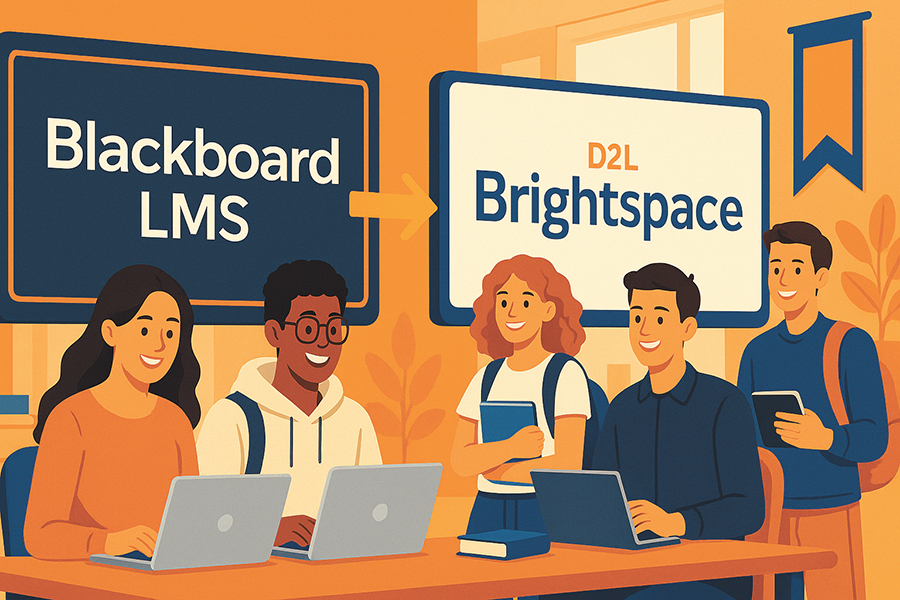The journalism industry has been on unsteady legs for several years now. Since the broad-based publicizing of printing and news companies in the 1980’s, many newspapers haven’t been able to keep up with the incremental gains that stockholders have come to expect.
Major losses in advertising and in circulation due to increased Internet traffic also dealt a heavy blow to the industry. The availability of free information online has crippled many news giants like the Los Angeles Times and has caused a rash of closings across the nation including the Seattle Post-Intelligencer, the Rocky Mountain News and the Green Bay News-Chronicle.
Many companies have begun to embrace a digital format in order to combat falling circulations. The Post-Intelligencer won’t be snuffed out altogether. The Hearst Corporation’s goal is to keep it alive online, but how?
The bottom line is that the financial system of the journalism industry needs to be restructured. Paywalls and increased online advertising are one of the most popularly embraced solutions, and have been met with some success, but also with heavy criticism.
The New York Times introduced a metered paywall in 2005. Unsubscribed readers were barred from certain articles including editorials and popular columns. This original paywall lasted for two years, and was quite successful.
After making a few tweaks, the New York Times introduced a new, improved, and more porous paywall. Articles were made easily accessible from alternative links like blogs or social networking sites. For $15 a month, readers are given unfettered access to the site’s content. Any print subscription also comes with web access. According to recent financial studies done by the company itself, nearly 400,000 readers have enrolled.
Now, according to the New York Times Company, 400,000 subscribers is a success to be celebrated. According to critics, the same number is a drop in the bucket of the Times’ financial revenue, and should be regarded with more criticism.
The New York Times and the Financial Times have been the figurative canaries in the coalmine for other newspapers considering a paywall. For many papers teetering on the brink of collapse, a paywall could be the tipping point.
If the paywalls are successful, it could mean fiscal solvency for papers that were looking into the dark abyss of bankruptcy. The paywalls could, however, also discourage current readers. Losing that precious readership could lead to losses in advertising, one of the few remaining sources of financial security in news today.
Although The New York Times has a feeble percentage of online subscribers, their efforts are not in vain. The ability to go around the paywalls was a strategic move, allowing dedicated readers to contribute to the cause without hurting the company’s chance of advertising success.
It is true that companies like Google and Yahoo dominate the internet’s advertising and online news sourcing through wire services like the Associated Press and though highly personalized searches, but well-established news sources like the Wall Street Journal and the New York Times will be able to compete. These newspaper giants provide something a search engine cannot.
The “papers,” even if they’ve gone digital, still produce the most thorough reporting on the market. They have well-established infrastructures allowing detailed and educated analysis on a wide array of topics. In the long run, readers see and appreciate that, and are willing to pay for it.
The fact is that although memes are catchy and fascinating, they don’t constitute breaking news. Rocketboom is one of the most popular blog ‘news’ sites today, and yet their top stories consist of “The Longest Words in the English Language,” with sexy newscaster Joanne Colan reading some of the most tongue-twisting words in English, and “Andy Warhol Eats a Hamburger,” featuring an actor in a wig literally eating a hamburger for a few minutes onscreen.
Given the amount of fluff and recycled information on the internet, the public is becoming more willing to pay for credible content. Especially when that content includes analysis and trusted, educated opinion.
The point that the New York Times has made abundantly clear is that policing paywalls isn’t necessarily a concern. The goal isn’t to bar readers from information. The goal is merely to invite the public in, and then encourage them to voluntarily support a reliable news source. After all, 20 years ago, you could borrow a newspaper almost anywhere. That certainly didn’t stop folks from buying their own copy, though.
Paywalls are becoming a necessary measure in a climate where many don’t think about where their information comes from. The public wants information but doesn’t realize the amount of time and effort it takes to produce it.
The news industry has been colossally slow at adapting to a technological era, and incorporating blogs while creating a stronger online platform is still a necessary process. Meanwhile, though, paywalls might stem the flood of advertising losses, and help many papers stay afloat. It also raises awareness that true, reliable information costs a little bit. Hopefully, the public will acknowledge the effort put into credible journalism and decide that it’s worthwhile.

























